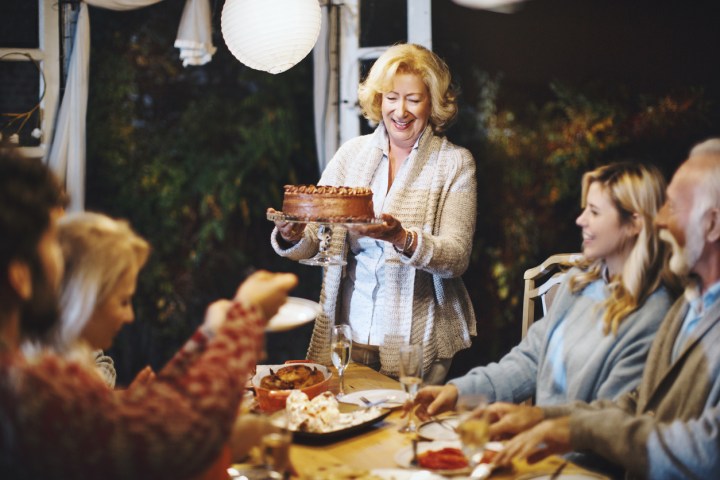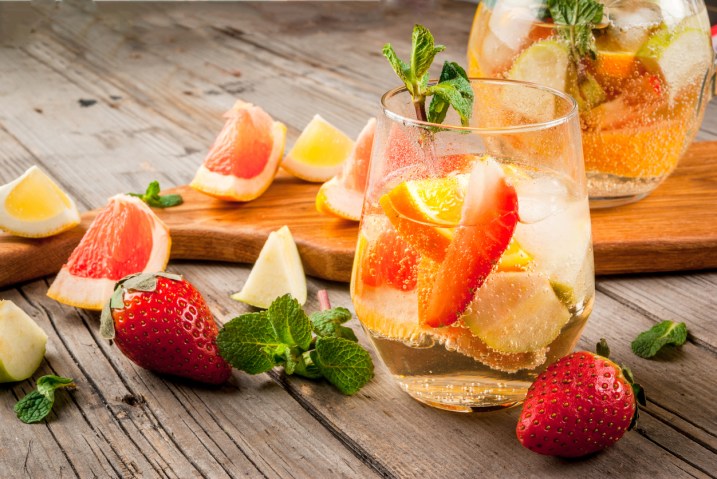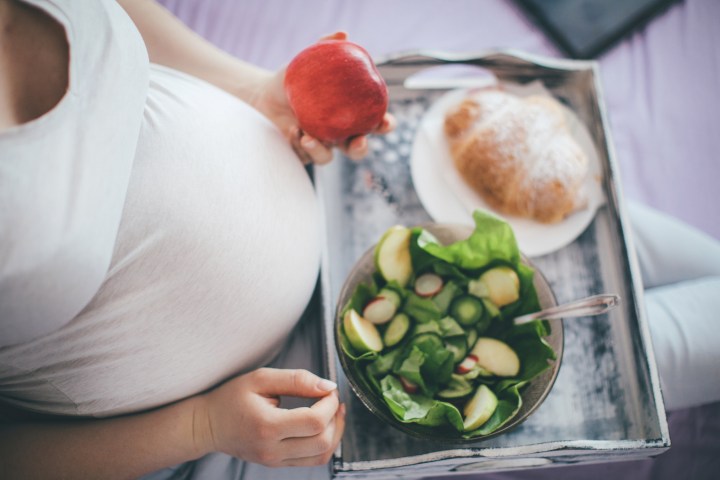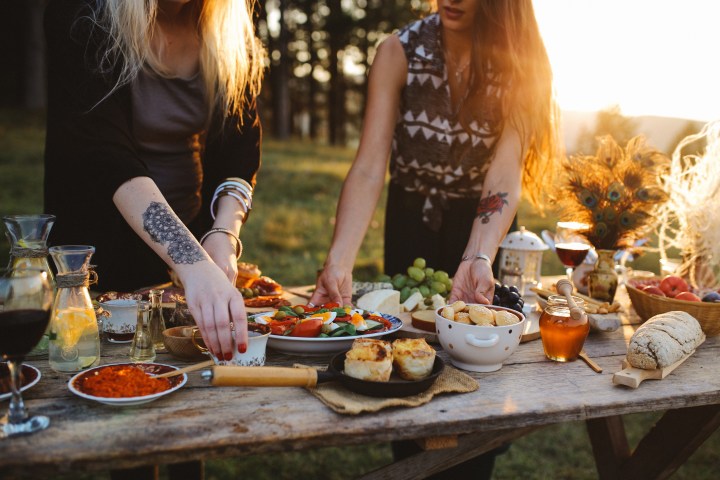Be Good to Your Gut
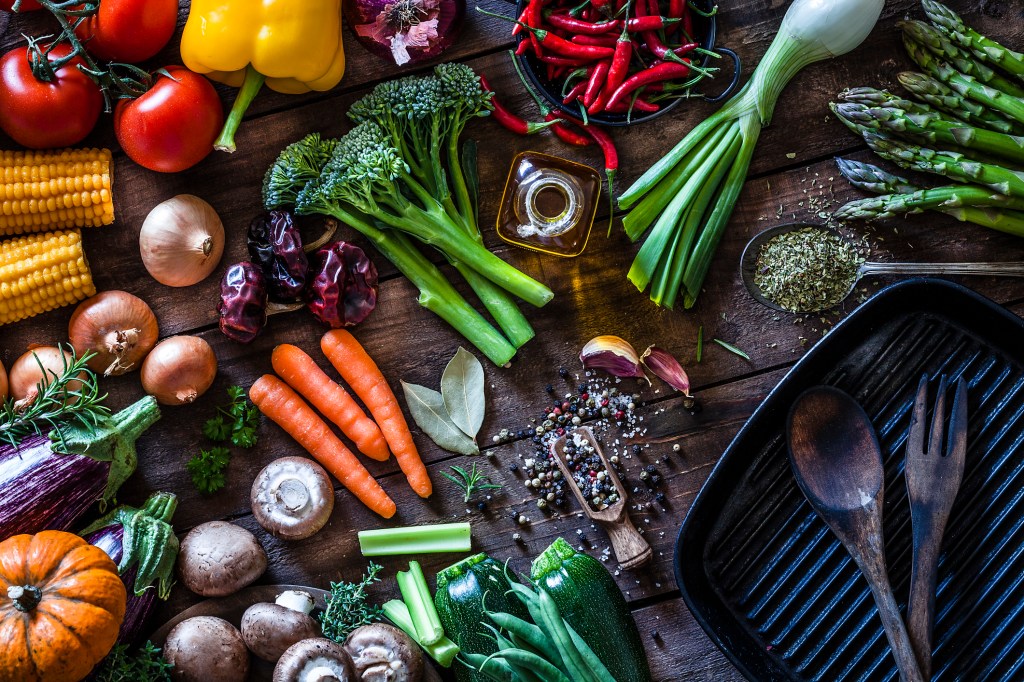
You should always be good to your gut, because it is the key to health and wellbeing. Today, Eve Kalinik shows you the path to better digestion and reveals the far-reaching effect of good gut health.
Ok, so I confess, I’m a bit of a mad-keen foodie. I genuinely don’ think there is anything more fulfilling than enjoying a plate of good, honest, delicious food with great company and usually a decent drop of natural red on the side. I’m passionate about how eating well can make such a big difference to our health and wellbeing. And as a nutritional therapist who has a particular interest in gut health, I love sharing my enthusiasm for all things tasty and how food affects us from the inside out. However, my passion for food wasn’t always so geared towards the more wholesome options. Before learning about what good food really means, I was often a slave to some of the boxed, bagged and convenience ‘ding-when-it’s-done’ stuff.
Indeed I grew up as part of the generation whose diet was somewhat lacking in natural foods and was instead generously peppered with garish-coloured concoctions, packet desserts and artificial ingredients. I remember being mesmerised by the likes of blue icy beverages or skipping to the local shop for a treat of pick ‘n’ mix sweets. Of course, many of us were none the wiser about the long-term impact that a lack of fresh produce and regular consumption of nutritionally devoid and chemically enhanced foods could have on the trillions of microbes that reside in the gut – and on our health in general.
My story is not an unusual one and indeed it might sound familiar to you. I was actually a pretty robust child. That might have something to do with have a father of Polish descent who was forever fermenting things (his sauerkraut and meat stew is still the best you will ever taste). My mother was also a proficient pickler, who invariably cooked everything from scratch and in the most traditional way possible. So despite being a typical teenager and have the odd junk food blowout now and then, I had a fairly balanced diet that gave my gut an excellent grounding. Things took a turn for the worse, however, following a trip abroad, where I picked up a pretty nasty parasite. What followed were years of digestive symptoms, kidney infections I just kind of ‘managed’ with prescription after prescription. Some days were good but most were bad.
I started reading more about nutrition, food and, most importantly, the gut. And something quite magical began to happen. With small changes to my diet, my digestive symptoms improved, and little by little I weaned myself of antibiotics. The changes were small but had a profound effect. I was shocked at just how important a role food had to play in my health. Feeling empowered but still a long way from where I wanted to be, I went to see a nutritionist who, after running some tests, confirmed that my gut had indeed suffered a battering and my gut bacteria were totally out of balance and dominated by some pretty nasty microbes. It was time to take real action. Armed with tailored guidance on my diet, I began eating fermented, probiotic and gut-supportive foods, some of which I had previously onsidered ‘unhealthy’. such as unpasteurised full fat cheese. Just as importantly, I began removing some seemingly ‘healthy’ foods that I thought had been helping, such as low calorie cereals.
With the addition of a couple of targeted supplements, I managed to regain my health and, crucially, that of my gut. The problems I’d suffered over the years had started there after all and giving my gut the support that it so desperately needed got me back on track. It may sound a little clichéd but food really had become my medicine. Inspired by how my own health had been dramatically transformed, I decided that I wanted to help people improve their health in the same way, so I began training to be a nutritional therapist.
These recipes are designed to promote good gut health while also being delicious.
Cauli ‘polenta’ with shimeji and hazelnuts
Serves 2
Ingredients
- 1 cauliflower, cut into small florets
- 4 garlic cloves, peeled
- 1 small onion, peeled and quartered
- 4 tbsp cold-pressed extra-virgin olive oil, plus a little extra to finish
- 4 tbsp grated Parmesan or other unpasteurised Italian hard cheese (or substitute 6 tbsp nutritional yeast flakes for a vegan version)
- juice of ½ lemon
- 8-10 button mushrooms, sliced
- 150g shimeji mushrooms (or use other mushrooms, such as shiitake)
- 1 tbsp organic unsalted butter or ghee (use coconut oil for a vegan version)
- 4-6 tbsp coconut aminos
- small, cupped handful hazelnuts, lightly toasted, then lightly crushed
- fresh herbs, finely chopped (I think chervil or flat-leaf parsley work best)
Method
- Preheat the oven to 200C/gas mark 6. Line a baking tray or ovenproof dish with baking parchment.
- Place the cauliflower, garlic and onion on the lined tray and roast for about 25 minutes until tender. (If you haven’t toasted the hazelnuts, you can add them for the last 5 minutes of cooking.)
- Add the roastedcauliflower, onion and garlic to a food processor. Then add the olive oil, Parmesan (or yeast flakes), a few decent pinches of salt and pepper and the lemon juice. Add a touch of filtered water to thin as desired. Pulse until you have a smooth, creamy, polenta-like texture.
- To cook the mushrooms, heat the butter, ghee or coconut oil in a frying pan, add all the mushrooms and cook on a medium heat for about 5 minutes. Add the coconut aminos and cook for a further minute. Remove from the heat.
- To serve, divide the cauliflower mix between two plates, spoon the mushroom mix on top, then add the hazelnuts, drizzle with olive oil and garnish with fresh herbs.
Matcha Banana Bread
Just like loose-leaf green tea, the health benefits of matcha include high levels of polyphenols, antioxidants that have a protective effect and are great for our gut microbes.
Makes 1 loaf
Ingredients
- 1 tbsp ground flaxseed
- 3 ripe bananas
- 3 tbsp almond nut butter
- seeds from 2 vanilla pods
- 100ml unsweetened almond milk
- 50g coconut flour
- 25g ground almonds
- 25g flaked almonds
- 1 heaped tbsp matcha
- 1 tsp bicarbonate of soda
- 1 tbsp fresh lemon juice
Method
- Preheat the oven to 180C/gas mark 4. Mix the flaxseed with 3 tbsp of filtered water and set aside for 5 minutes.
- In a large bowl, mash the bananas thoroughly and add the almond butter, soaked flaxseed, vanilla and almond milk and mix well.
- Sift the coconut flour into a separate bowl and add the ground almonds, flaked almonds, matcha, bicarbonate of soda, lemon juice and a pinch of salt and stir. Add this mixture to the banana mix and combine well.
- Line an 18 x 8cm loaf tin with baking parchment so that it hangs over the sides and scoop the mixture into the tin, spreading it evenly.
- Bake for 1 hour. Lift up the baking parchment to remove the loaf and place it on a wire rack to cool. Slice and serve with a spread of almond nut butter and raw honey.
Adapted from Be Good to Your Gut. Eve Kalinik is a nutritional therapist, health writer and brand consultant. She previously worked in the fashion and PR industries, before qualifying and setting up her own practice in London.




